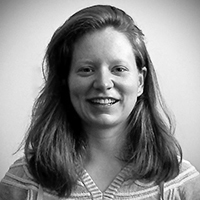Question
Why should occupational therapists care about aging in place?
Answer
Why should we care about aging in place? First of all, the population of the United States is rapidly aging (Administration for Community Living, 2016). In the 2014 census, 15% of the population (about 46 million Americans) were older adults (i.e., at least 65 years old). For the 2030 census, it is predicted that 20% of the population (roughly 72 million Americans) will be older adults. Secondly, we know that older adults are more likely to experience the onset and persistence of physical, cognitive and psychosocial impairments (Gitlin, Szanton & Hodgson, 2013). Currently, 80% of older adults have one chronic condition, and 70% have two chronic conditions. Additionally, 42% of community-dwelling older adults are disabled, and every 15 seconds an older adult is treated in the emergency department following a fall.
Despite these challenges, 87% of older adults want to age in place (AARP Livable Communities, 2014). When considering this significant statistic, it is critical to reflect on the importance of the concept of home. Home is a special place. It is our place of security and safety. It is our place for engaging in our most routine and meaningful daily activities. Home is different for every person. It may be traditional or non-traditional, safe or unsafe, clean or dirty, spotless or cluttered (Gitlin et al., 2013; Siebert, 2003). No matter what home represents or looks like, it is connected to the personal themes of attachment, connection, security, familiarity, autonomy and independence. These personal themes are often the primary drivers for why older adults want to age in place (Wiles, 2012).
Take a minute to think about what home means to you. What home means to your parents. What it means to your grandparents. What it means to your neighbors. Home is different for everyone. Across the continuum of care, it's easy to understand why we often hear the phrase, "My number one goal is to go home as soon as possible." I've worked in a lot of different settings, and in nearly every occupational therapy evaluation that I perform, I hear people referencing home, or how their performance in the facility is not the same as it is at home, where all of their goals occur at home. Clearly, home is extremely significant for the older adult.
